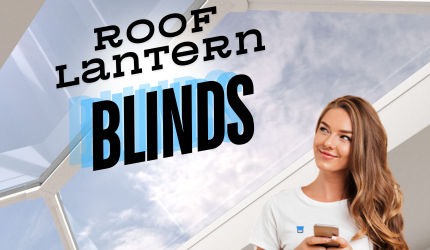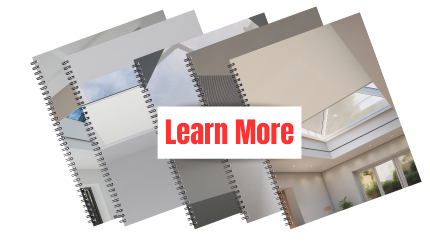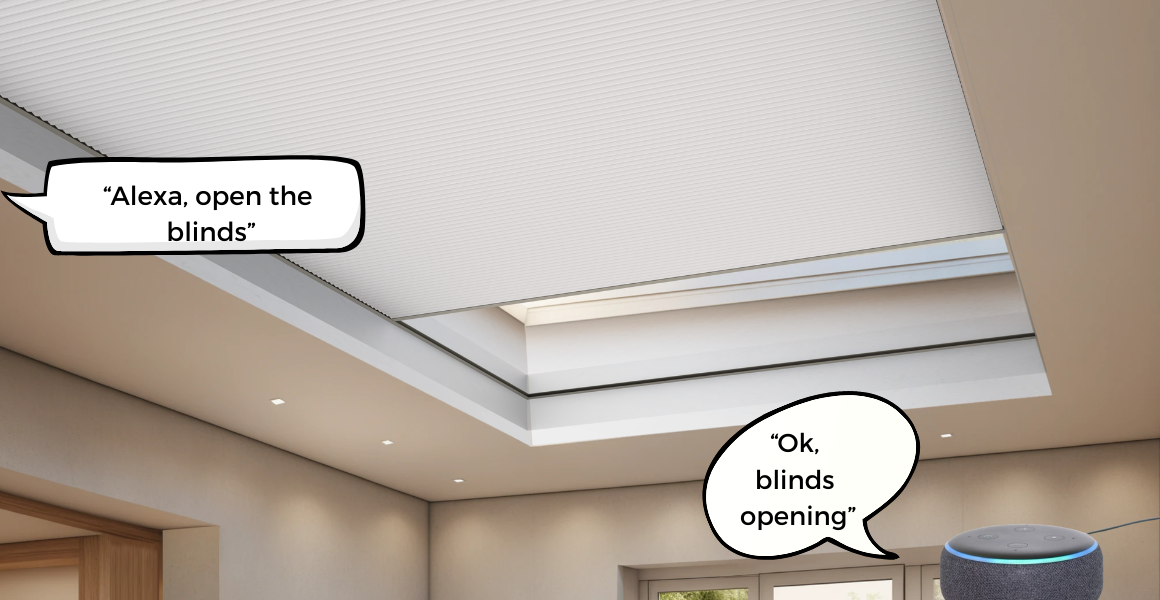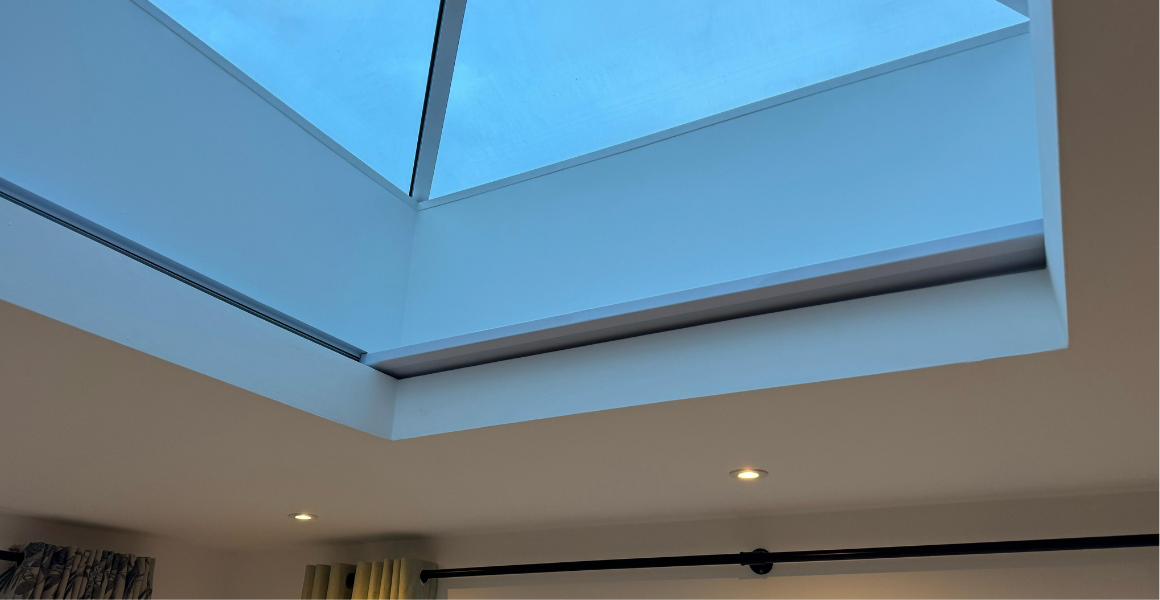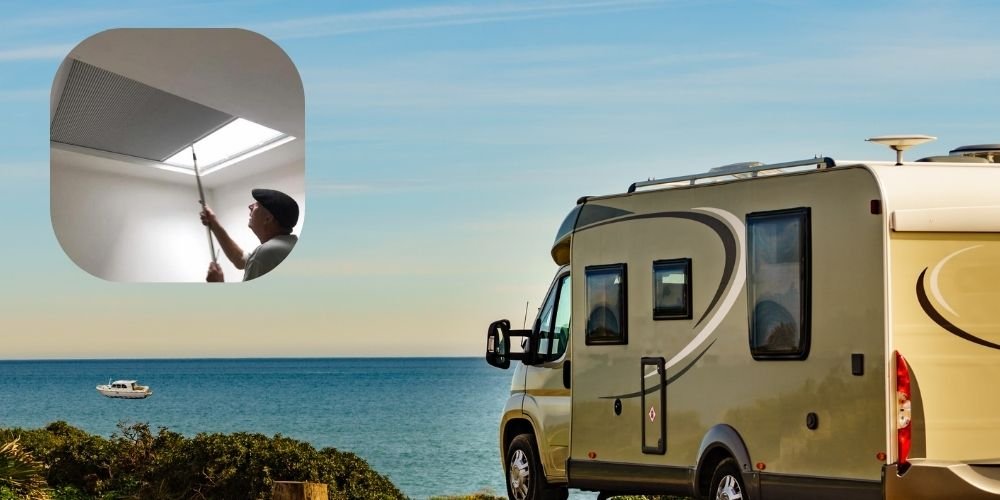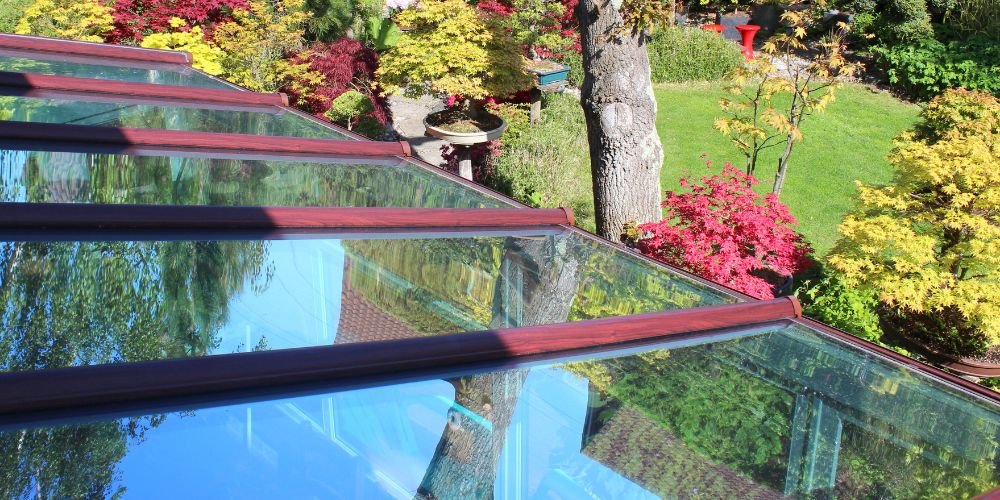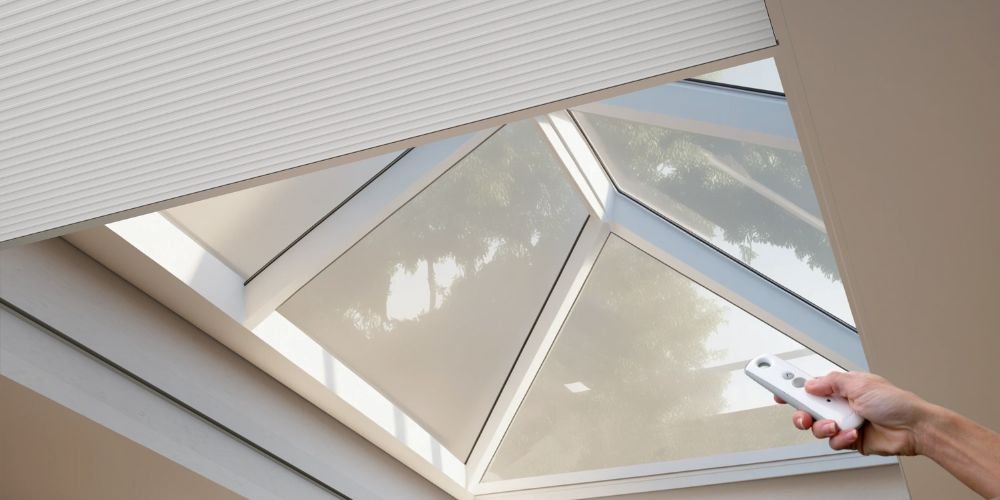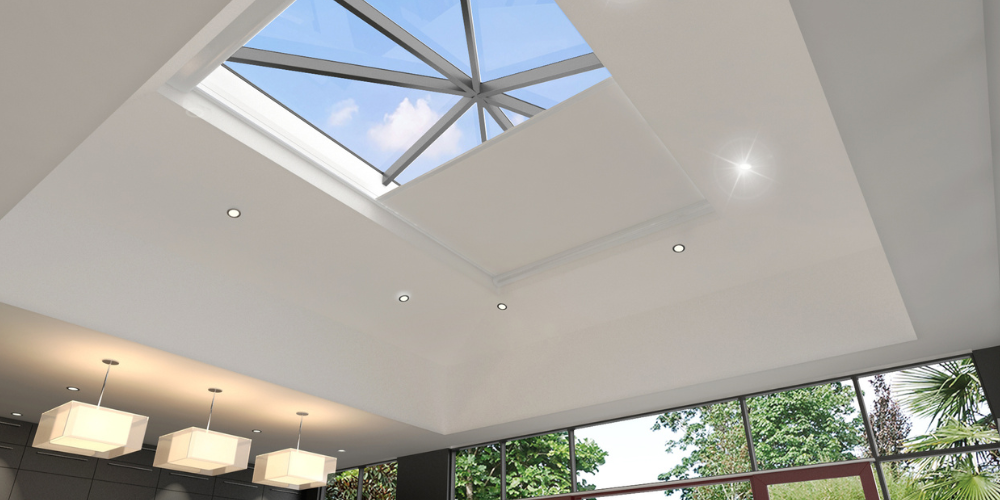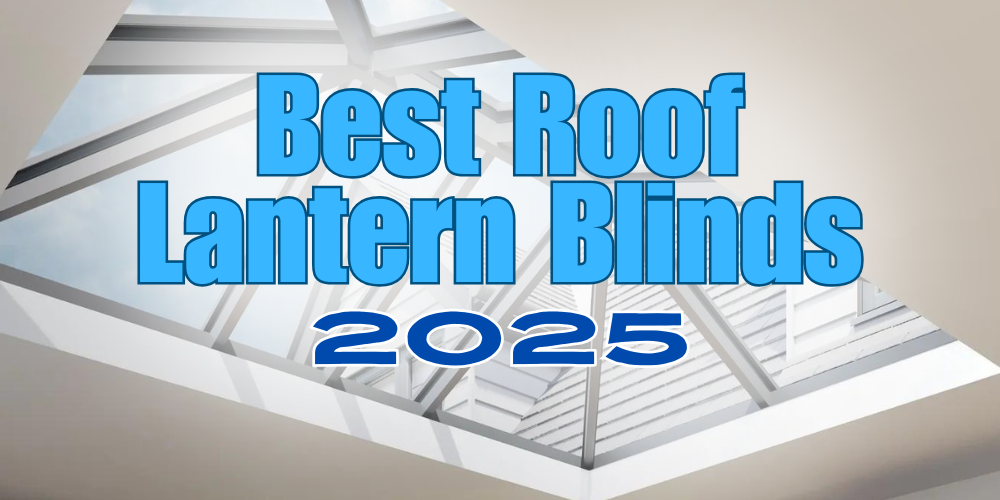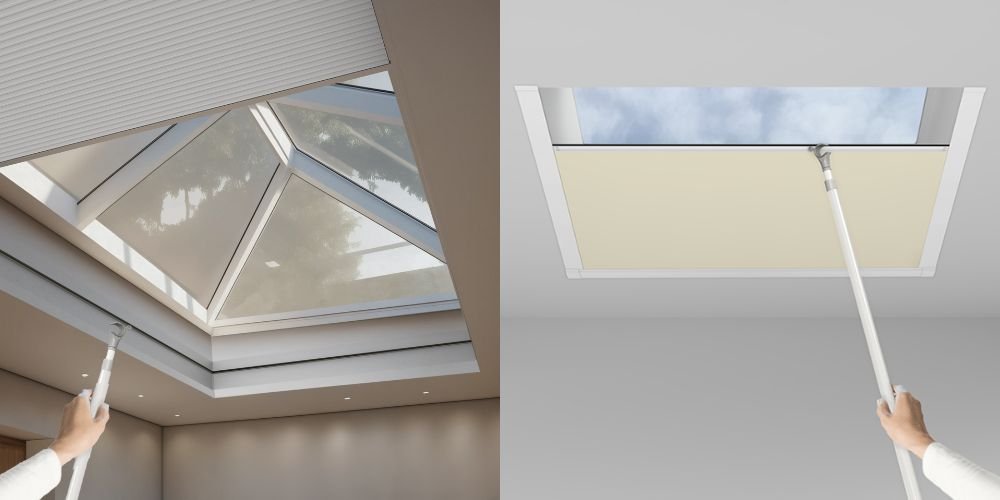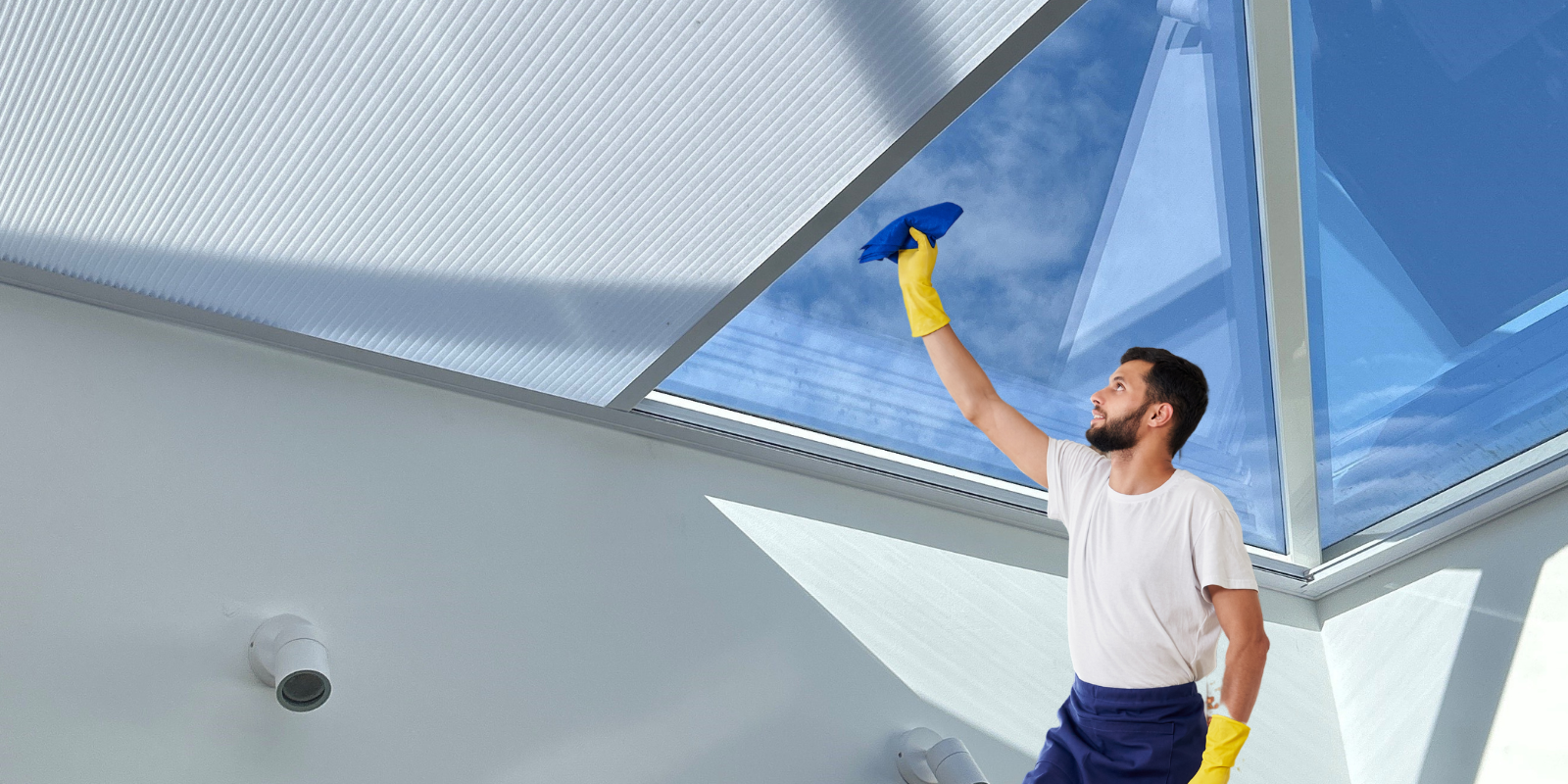← Back
All You Need To Know About Skylights
Are you considering adding a skylight to your home? Then you should be informed before making a decision.
Here are the pros and cons of skylights:-
1/5 of British adults spend at least 5 days in a row indoors per year. 1/4 don't feel that they get enough exposure to natural light, and 1/5 believe there isn't enough of it in their home. This is a major problem, but one simple home improvement can help fight it: a skylight. Skylights let in light from the ceiling for anyone who's not getting enough natural light. They're useful tools but aren't the best choice for every homeowner.
What Are The Different Skylights On The Market?
There are several types of skylights available for purchase:
Here are the pros and cons of skylights:-
1/5 of British adults spend at least 5 days in a row indoors per year. 1/4 don't feel that they get enough exposure to natural light, and 1/5 believe there isn't enough of it in their home. This is a major problem, but one simple home improvement can help fight it: a skylight. Skylights let in light from the ceiling for anyone who's not getting enough natural light. They're useful tools but aren't the best choice for every homeowner.
Skylight Benefits
Letting in natural light is one of the primary skylight benefits that convince homeowners to install them. It has several benefits, including:- Better mood
- Increased vitamin D
- Better sleep
- Bathrooms
- Kitchens
- Converted lofts
- TV rooms
- Lounges
What Are The Different Skylights On The Market?
There are several types of skylights available for purchase:Fixed Skylights
- Permanently mounted windows that do not open
- Provide maximum light and scenic views
- Typically installed on high ceilings
- Best for rooms where ventilation is not a primary concern
Vented Skylights
- Operable windows that can be opened
- Allow for ventilation and air circulation
- Help regulate indoor temperature and humidity
- Can be manually or electronically operated
Tubular Skylights
- Compact design with a reflective tube
- Transport sunlight into smaller interior spaces
- Distribute light evenly
- Ideal for areas with limited ceiling space
Flat Roof Skylights
- Designed to sit flush with the roof surface
- Minimalist, contemporary design
- Provide uninterrupted views
- Available in various sizes and shapes
Dome Skylights
- Project upwards in a dome shape
- Usually made of acrylic (Plexiglass)
- Resistant to hail damage
- Cost-effective option
Pyramid Skylights
- Rectangular or square base
- Project upwards to form a pyramid-shape
- Create architectural interest
- Glass panels meet at a central point
Specialty Shape Skylights
- Polygon designs (octagon, hexagon, triangle)
- Unique shapes for dramatic architectural statements
- Can be flat or vaulted
What Are The Issues With Skylights?
One of the most important cons of adding a skylight to keep in mind is that they have the potential to damage your home. They can cause:- Roof leaks
- Pools of water and grime
- Interior Damage




























